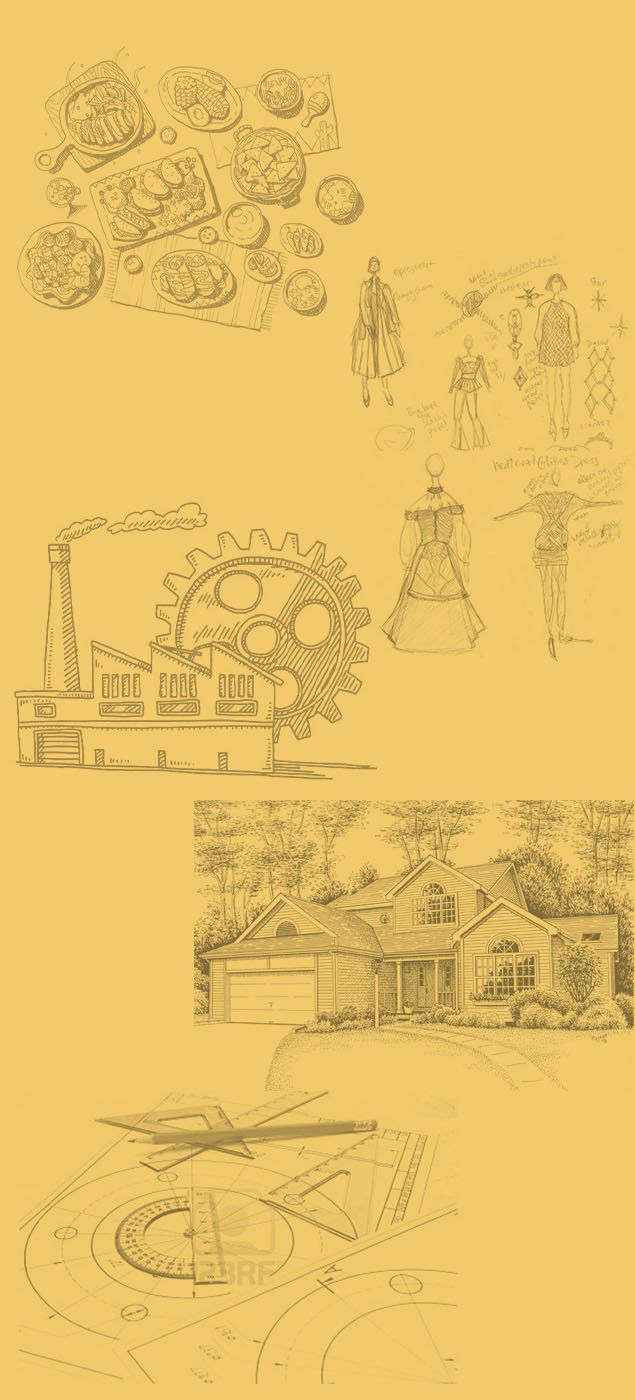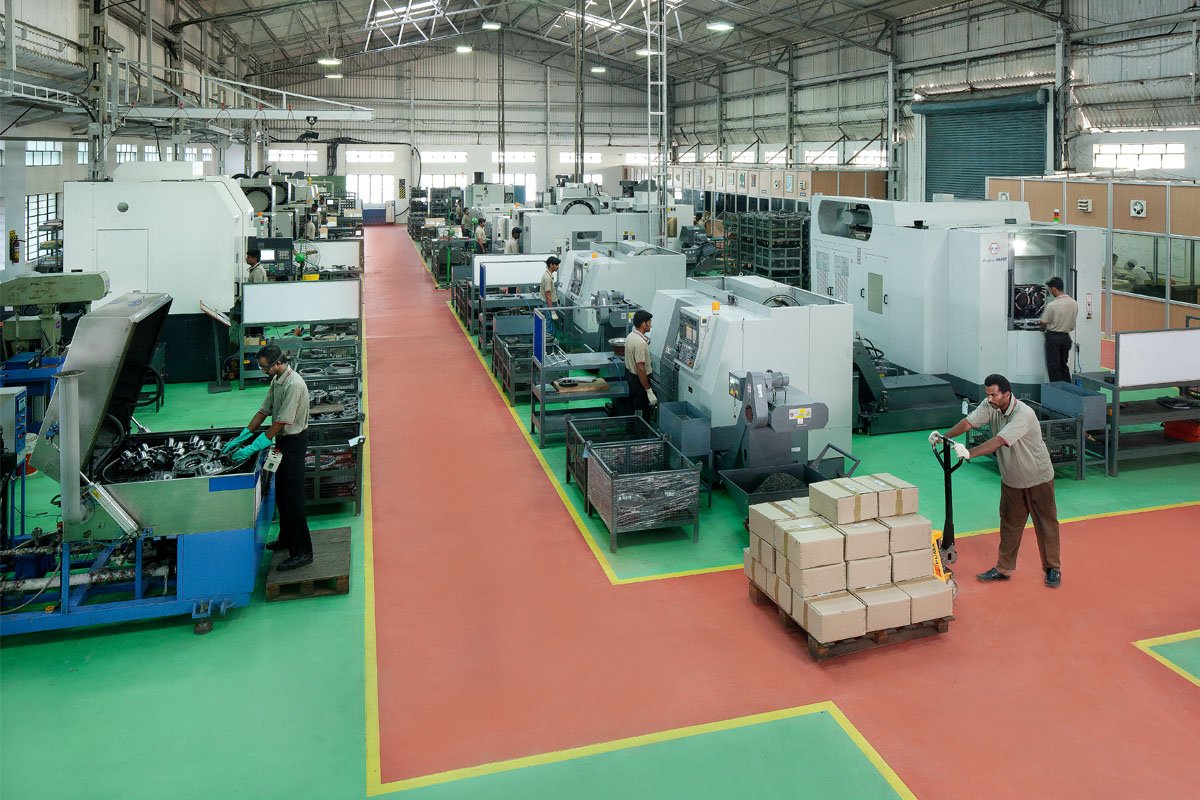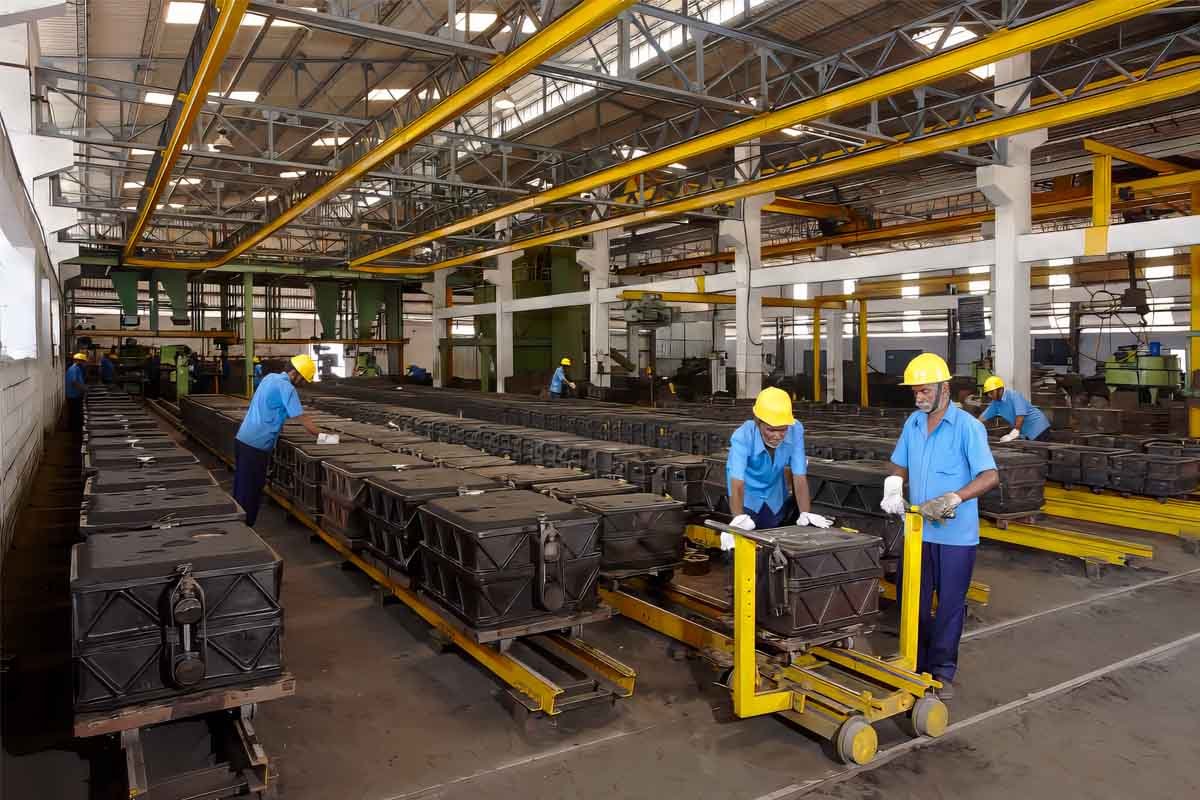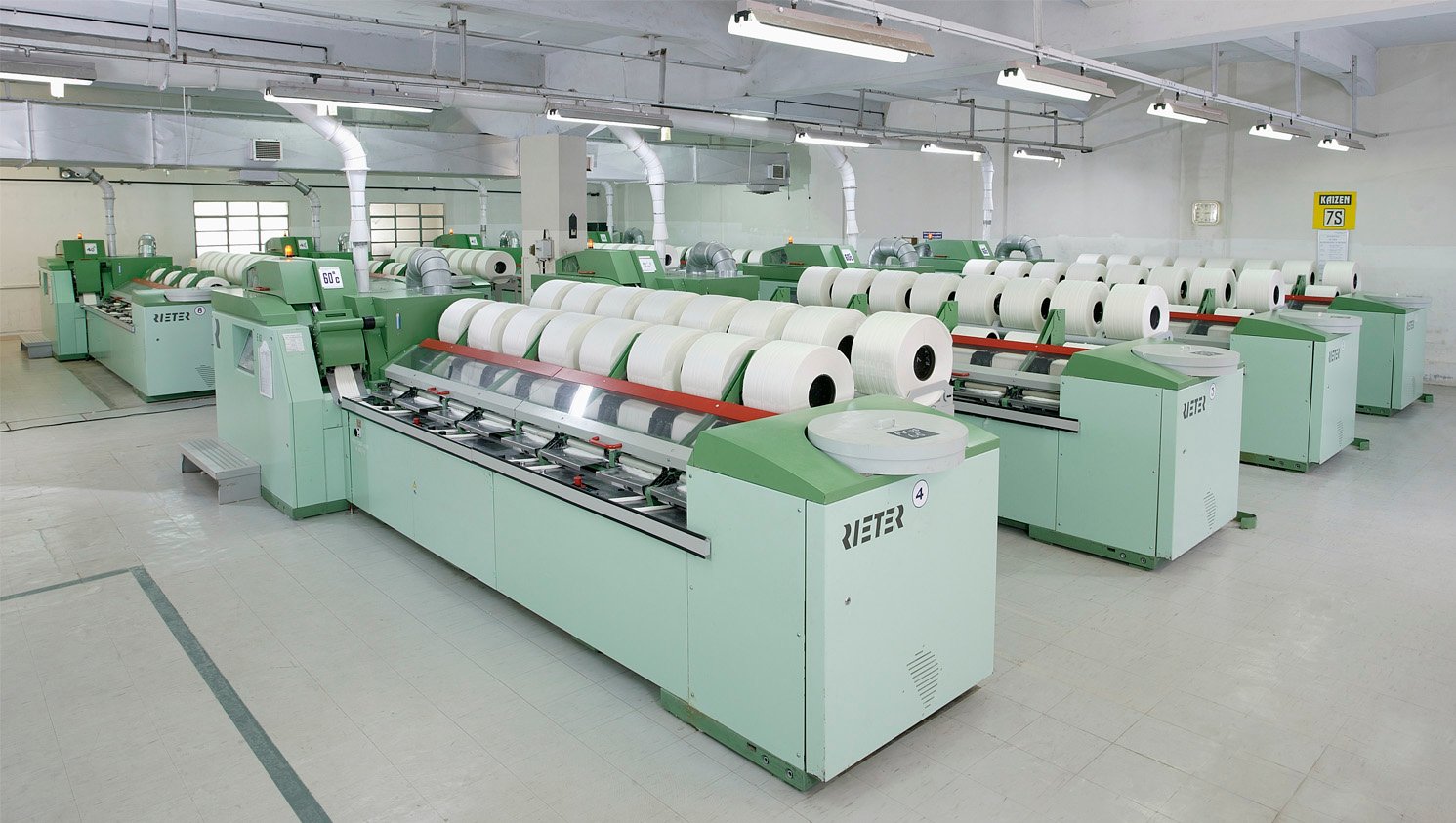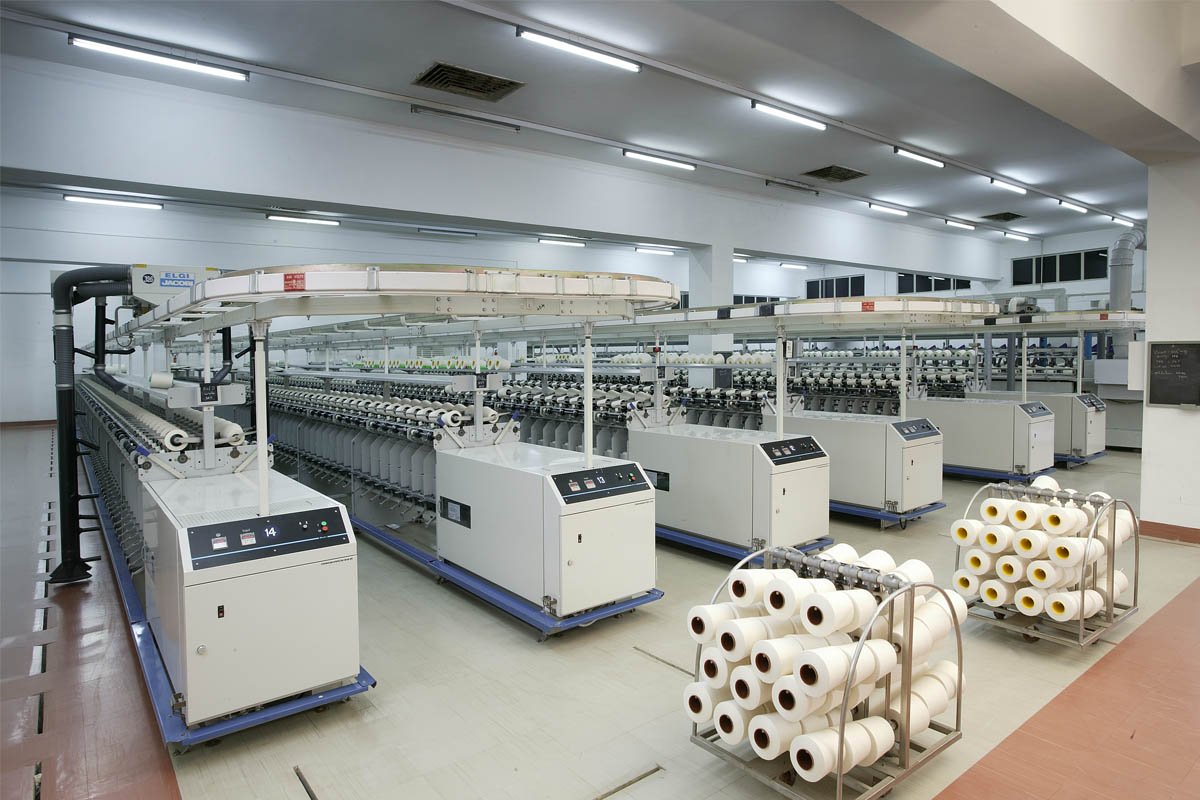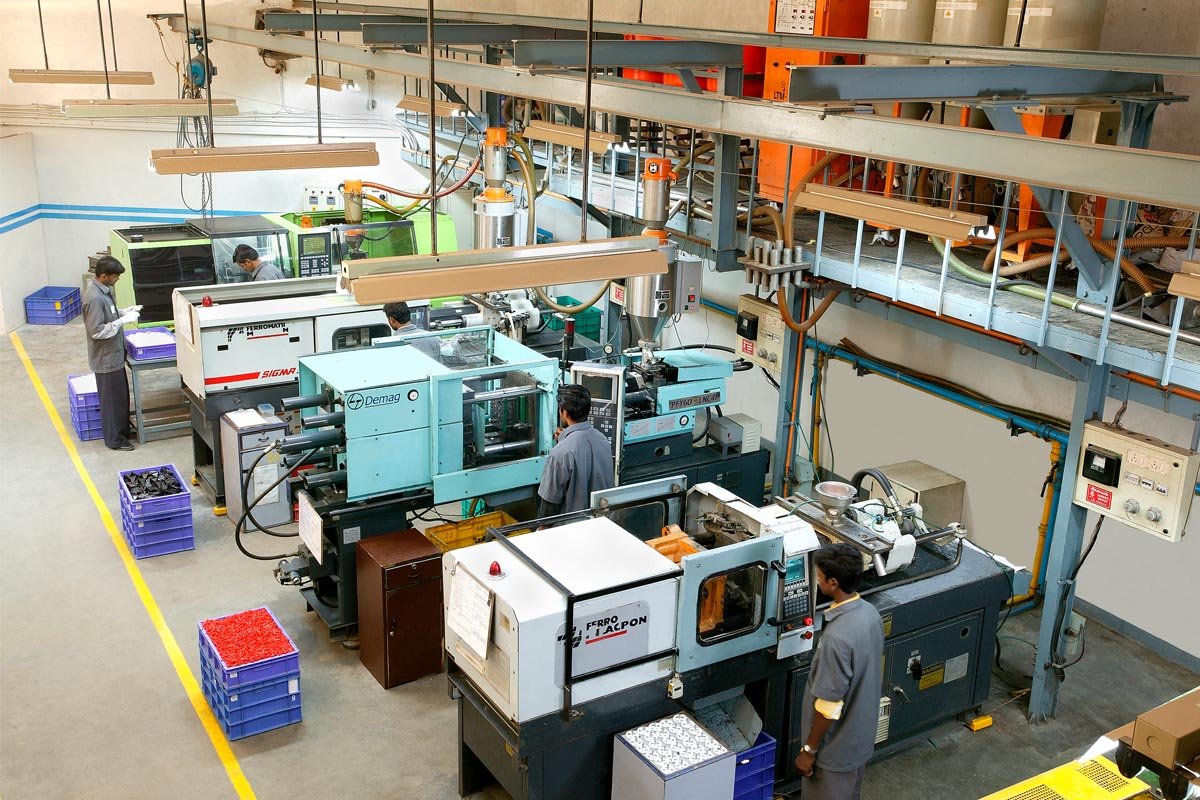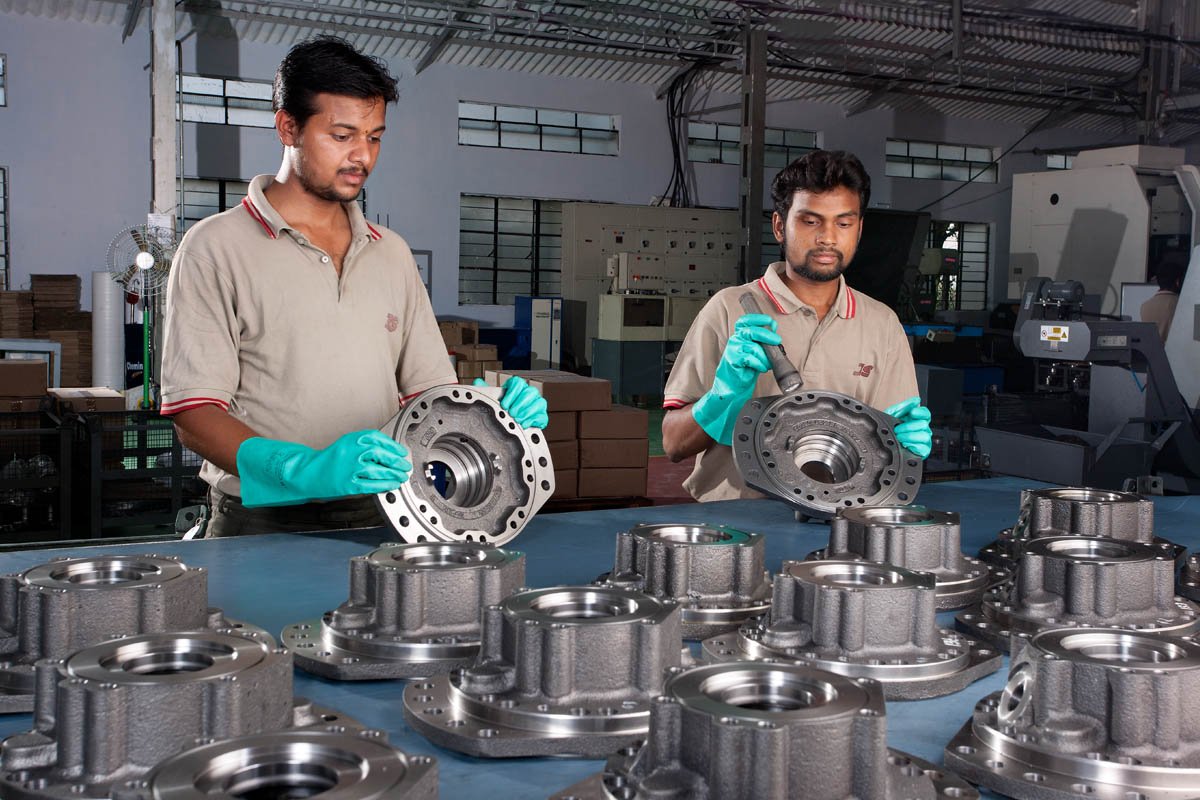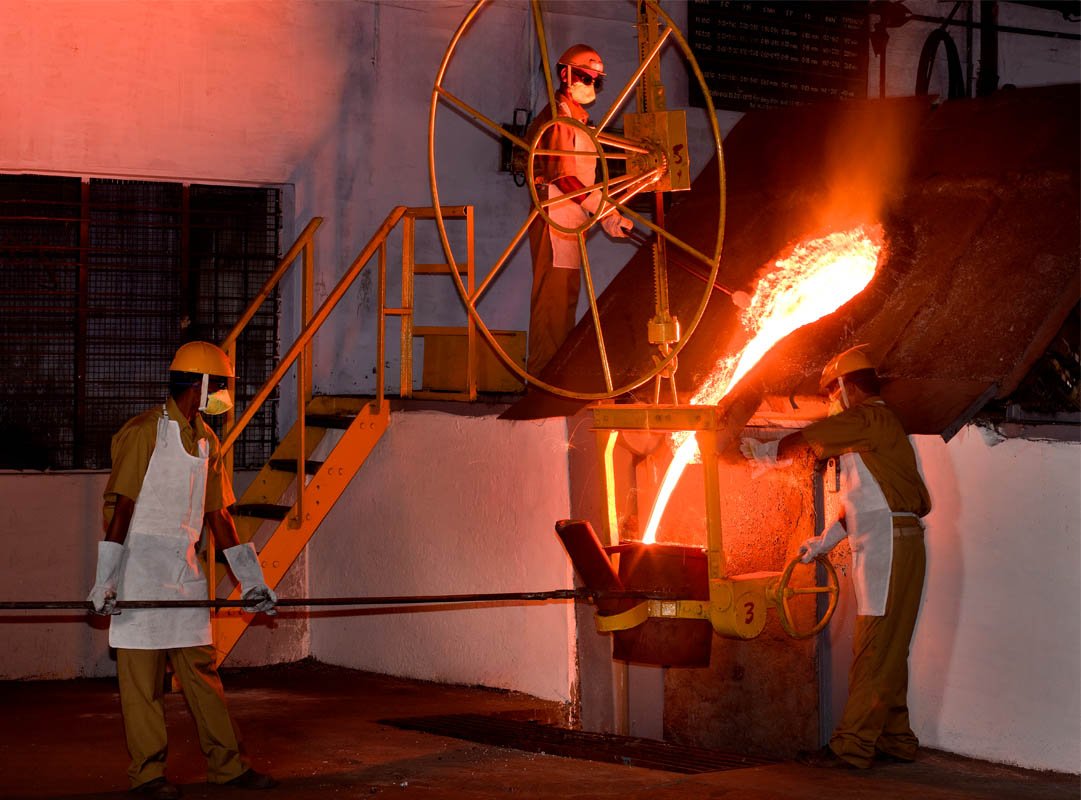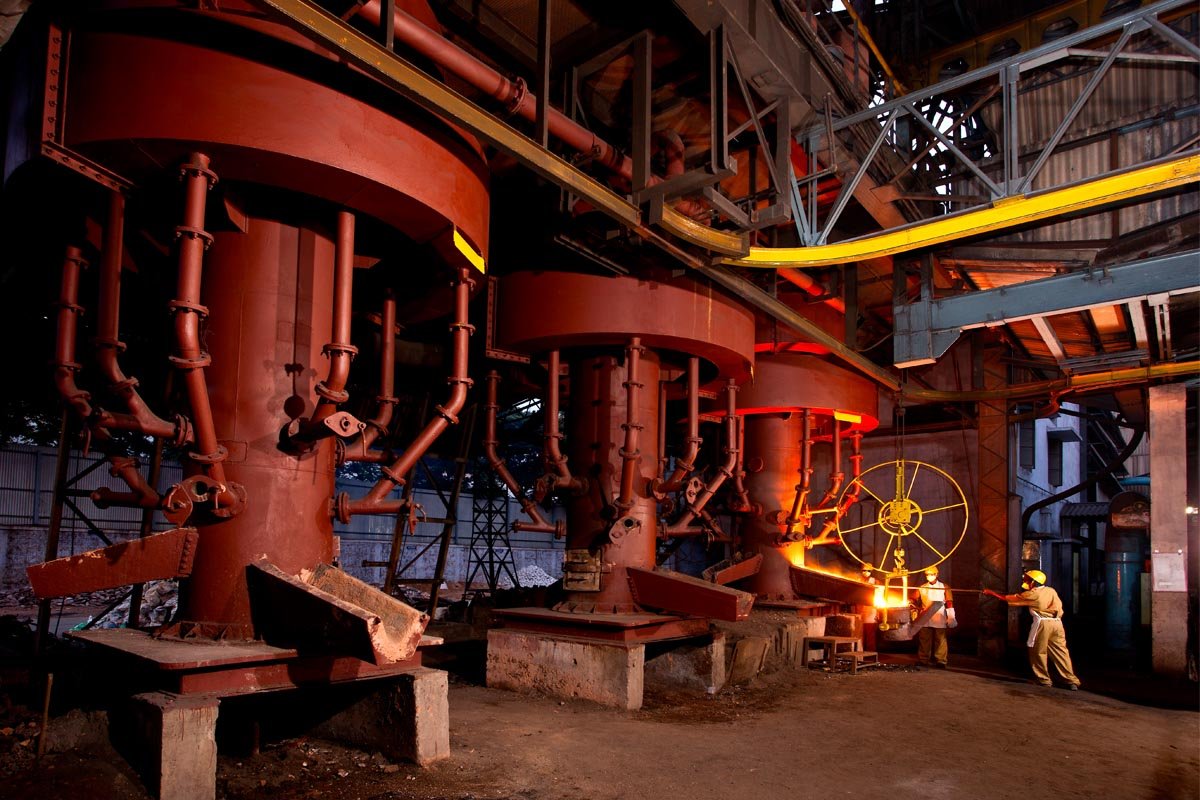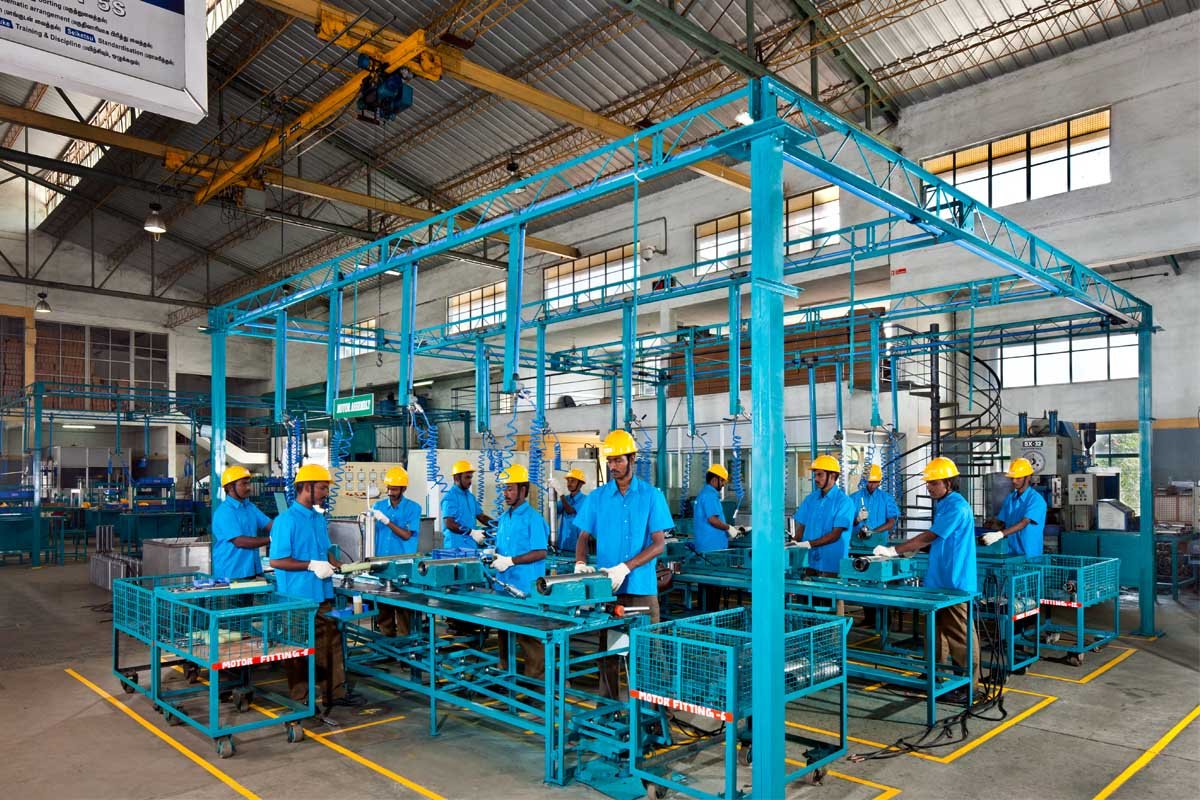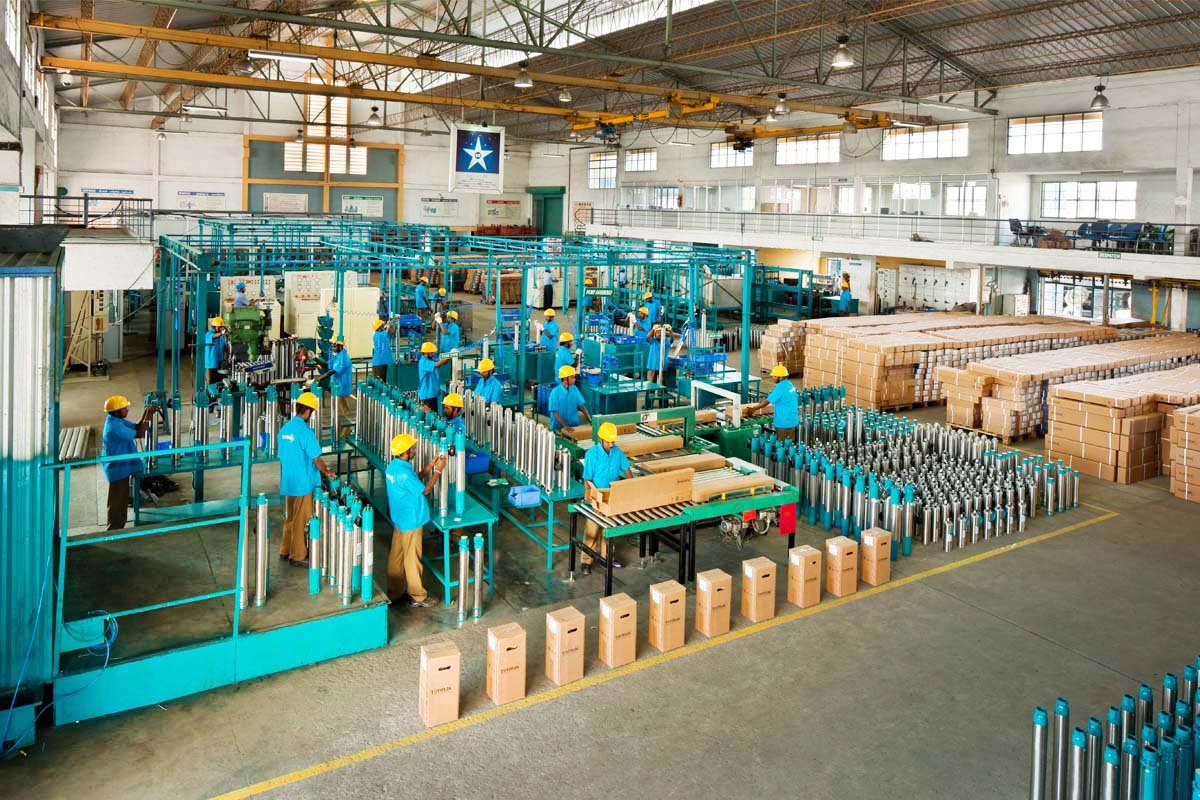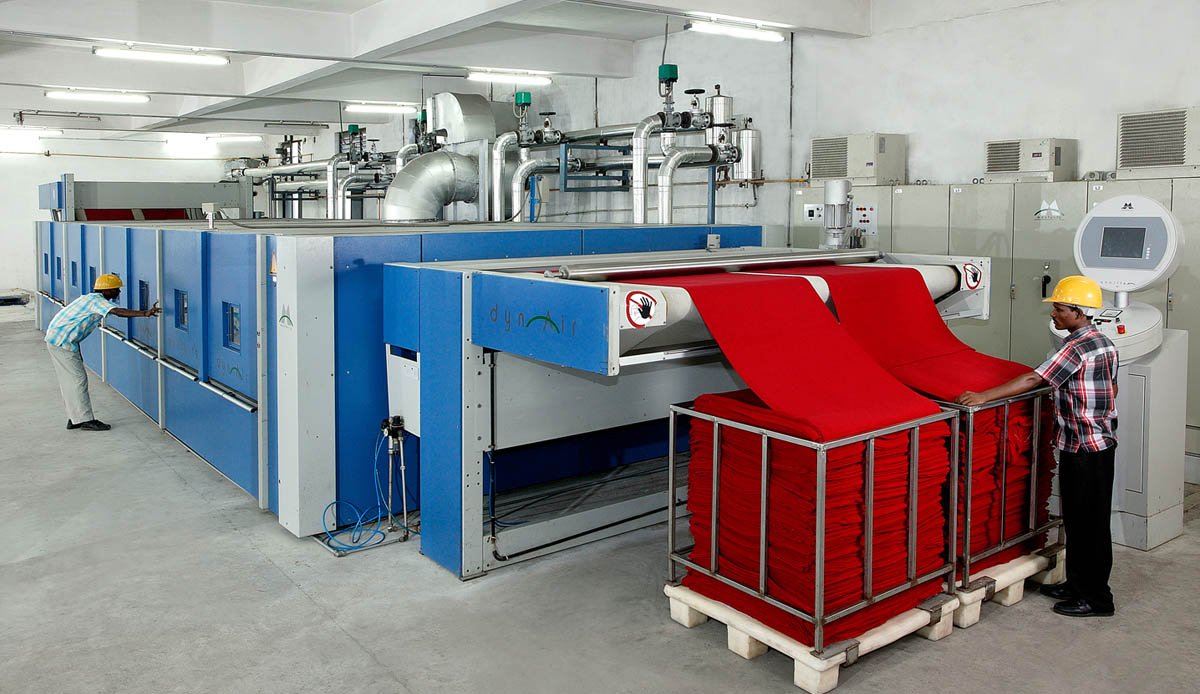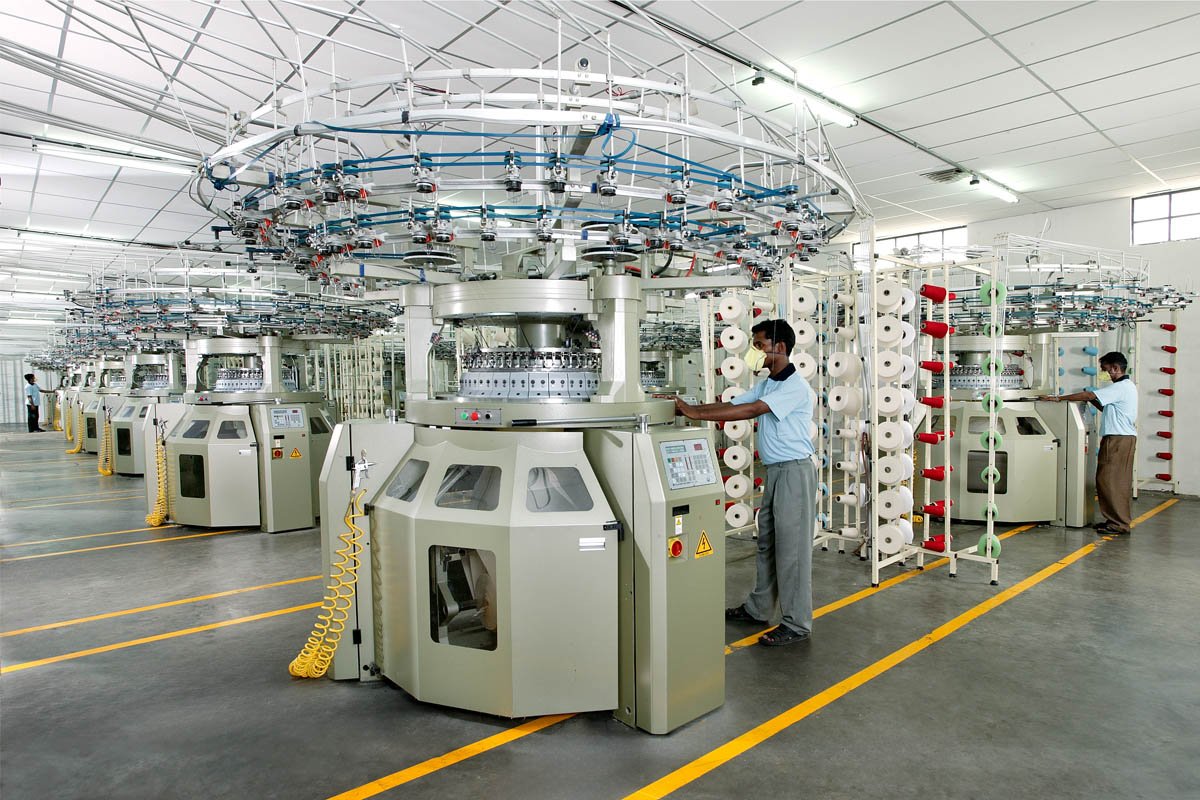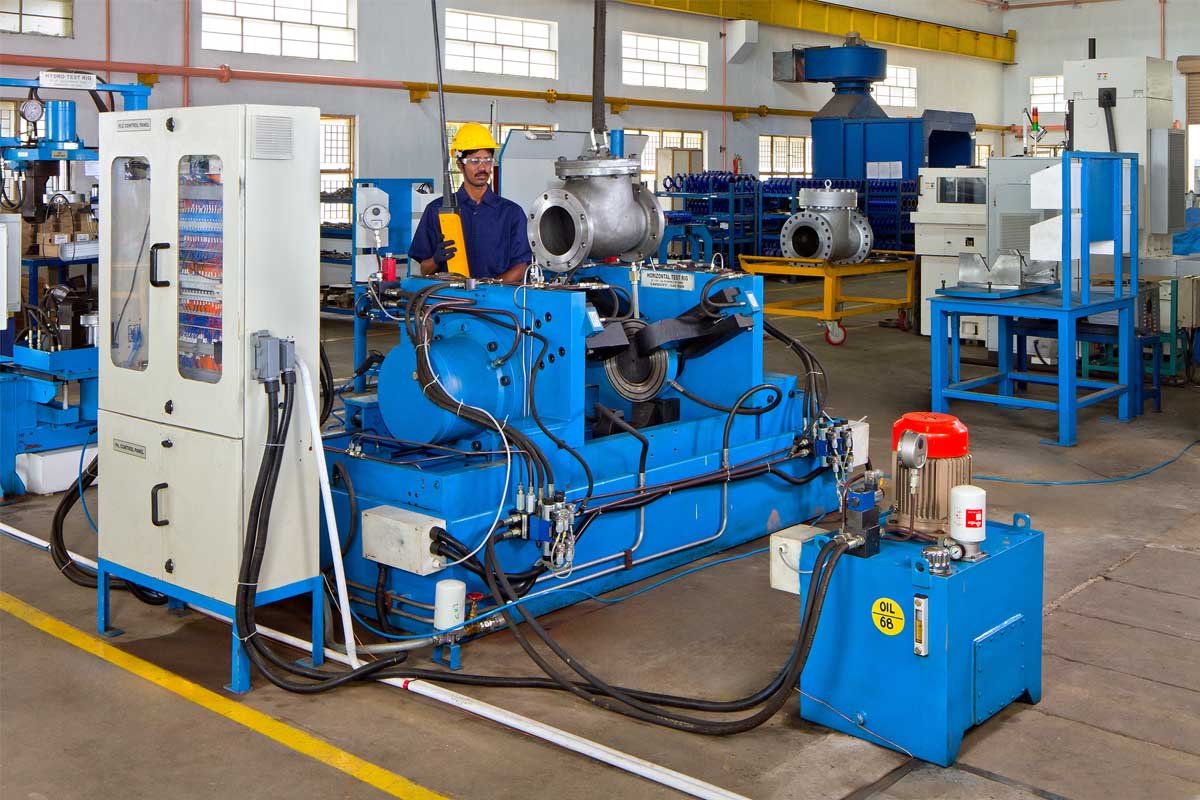Industrial Photography
Industrial Photography is a unique and challenging field. It is tough as well as exciting. It focuses on capturing factories, machines, and workers in action. It demands skill, patience, and adaptability, as the environment can be unpredictable and harsh. Photographers must also deal with tight spaces and tricky angles.
For a successful industrial photography shoot, both photographer and the clients need to prepare thoroughly. It is important to plan the schedule. The photographer and client should agree on the best time to take pictures. This avoids disrupting factory operations.
Role of an Industrial Photographer:
In industrial photography, the photographer has many important responsibilities. They start by planning the shoot. Before the shoot day, they visit the factory to study the layout and processes. They check the lighting and note safety requirements. This helps them get ready for the challenges ahead.
Lighting is often a big challenge in industrial photography. Factory floors usually have uneven or low lighting. Photographers must carry adequate lighting systems and other lighting accessories
The photographer must work quickly and avoid disturbing the workflow. They communicate with factory managers and workers to plan the best time for each shot. This makes the shoot smooth and efficient.
Attention to detail is crucial. The photographer ensures workers wear proper uniforms and safety gear. They avoid showing anything messy or unsafe in the photos. Every picture should highlight the strength and professionalism of the factory.
After the shoot, the photographer reviews the images. They select the best ones and edit them for quality. Photographer must deliver the images to the clients before the date of commitment.
In industrial photography, the photographer plays a vital role. They combine creativity, technical skills, and safety awareness to deliver images that showcase the factory’s excellence.
Role of the clients in Industrial Photography :
the client plays a key role in ensuring the shoot is successful. They need to prepare the factory and provide full support to the photographer. Proper preparation helps everything run smoothly and leads to better results.
The client should start by cleaning and organizing the areas where photos will be taken. A clean and tidy factory creates a professional look in the images. They should remove unnecessary clutter and check that all machines and equipment are working properly. This makes the factory look efficient and ready for the shoot.
Workers should wear clean uniforms and proper safety gear. This helps create a professional and safe look in the photos. The client can also brief the workers on their roles during the shoot to avoid confusion.
Clear communication with the photographer is very important. They should tell the photographer what they want to highlight.
This could be specific machines, production processes, or finished products. Clear instructions help the photographer plan better and focus on the right areas.
The client should schedule the shoot at a suitable time. They must coordinate with the factory team to minimize disruptions to normal operations. A well-planned schedule allows the photographer to work efficiently without interruptions.
Safety is a critical responsibility for the client. They should share all safety rules with the photographer and ensure a safe working environment. If needed, they must provide protective gear or guidance on handling hazardous areas.
During the shoot, the client should provide a co-ordinator available to assist. They can help with granting access to certain areas, organizing workers, or managing equipment. This support makes the process faster and smoother.
For each every shot, the client / coo-ordinator should review the photos and give feedback or approval to the photographer.
Success of an Industrial Photoshoot:
Good planning ensures smooth industrial photography sessions. Proper communication between the photographer and the client and also detailed preparation lead to great results.
